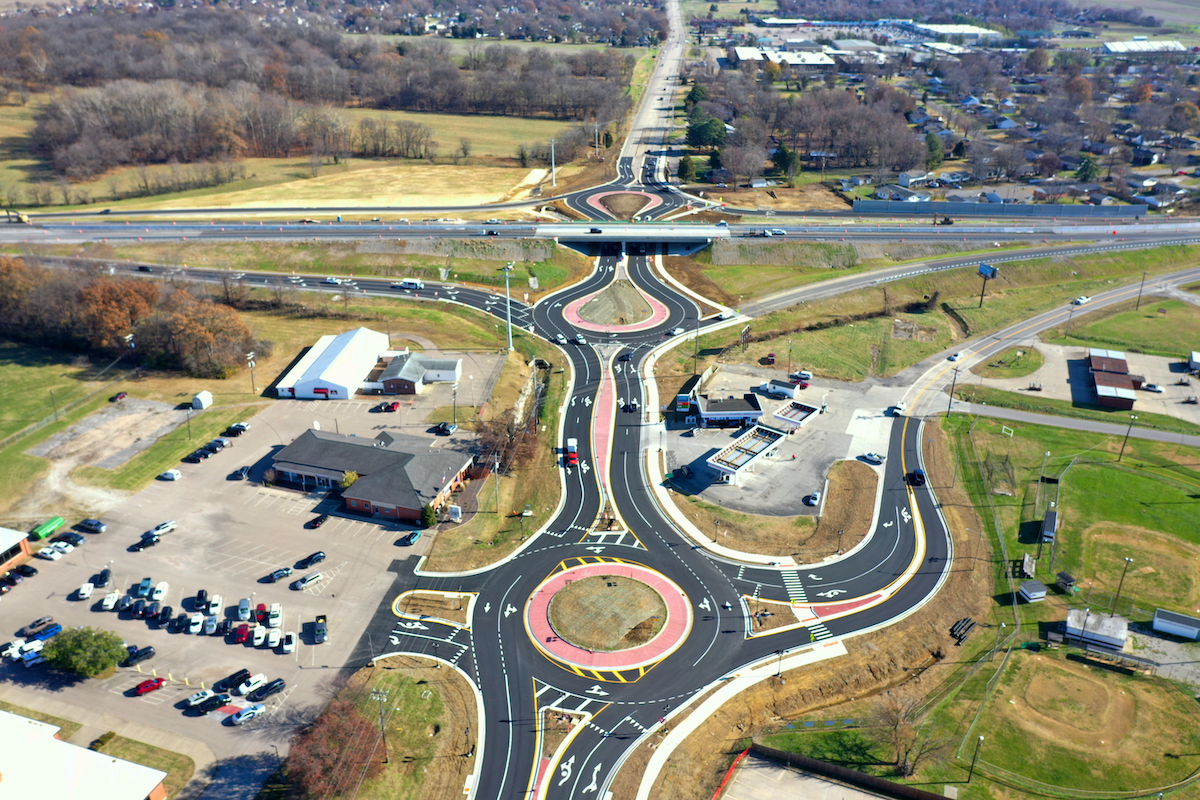The American Society of Civil Engineers Toledo Section (ASCE Toledo) chose to recognize the bridge in honor of their 100th anniversary. A permanent educational display about the structure was unveiled during the ceremony. ASCE Toledo partnered with Metroparks Toledo and the Ohio Department of Transportation (ODOT) to develop the display.
The bridge was the run-away choice for the honor.
“We sought nominations from ASCE members, as well as the county engineers from the 17 Ohio counties that make up the Toledo section," said Brian Randolph, ASCE Toledo Board Member. "Eligible landmarks needed to be technically and socially significant, built at least 50 years ago, and still intact. Nominations spanned a broad range of amazing infrastructure projects, from canals to courthouses, monuments to skyscrapers, and of course bridges. The Anthony Wayne Bridge was the overwhelming favorite."
“The Anthony Wayne Bridge is often the image you see in representations of the city of Toledo," said Pat McColley, ODOT District 2 Deputy Director. "Honoring it in this way is certainly fitting given it is so integral to the city and this area. Its captivating, historic look endears it to many."

| Your local Wirtgen America dealer |
|---|
| Brandeis Machinery |
The bridge is a suspension bridge, as are the Golden Gate and Brooklyn bridges. It differs in design from the city’s Veterans Glass City Skyway bridge, which is a cable-stayed bridge. Its design and age have required special maintenance techniques to maintain the unique character of the bridge over its 90-year life.
“ODOT has invested an extensive amount of resources into the Anthony Wayne Bridge over the past 10 years to extend the life of this historically significant and locally iconic structure well into the future,” said Dave Geckle, Bridge Engineer for ODOT District 2.
The bridge was dedicated October 27, 1931. It is the last remaining suspension bridge in ODOT’s inventory.
The Anthony Wayne Bridge, also referred to as the High Level Bridge, carries State Route 2, 51, and 65 over the Maumee River in Toledo. The bridge is named after General Anthony Wayne, a United States Army officer and statesman who had mounted an assault on the Indian confederacy at the Battle of Fallen Timbers in modern-day Maumee. It was a decisive victory for United States forces, ending the war and eventually leading to a treaty that gave most of what is now Ohio to the United States.
Facts about the bridge:
- The bridge carries four lanes of traffic plus sidewalks on a 60-foot-wide roadway deck.
- The main cable-supported span is 785 feet long (over two and a half football fields) between the towers, with two side spans that are each 233.5 feet long.
- The total length of the bridge, including the two sloping, elevated approaches, is 3,215 feet (over 10 football fields).
- The vertical steel suspender ropes between the main cables and deck are spaced at approximately 20-foot intervals.

| Your local Sennebogen LLC dealer |
|---|
| Brandeis Machinery |
The two main cables are 13-5/16 inches in diameter and contain 19 strands of galvanized steel wires compressed into a circular bundle. Each strand contains 186 galvanized steel wires that are each 0.192 inches in diameter. There are 3,534 wires in each of the two main cables. To protect them from corrosion the strands were originally coated in a lead paste and wrapped with galvanized steel wires, which were then painted.




































































